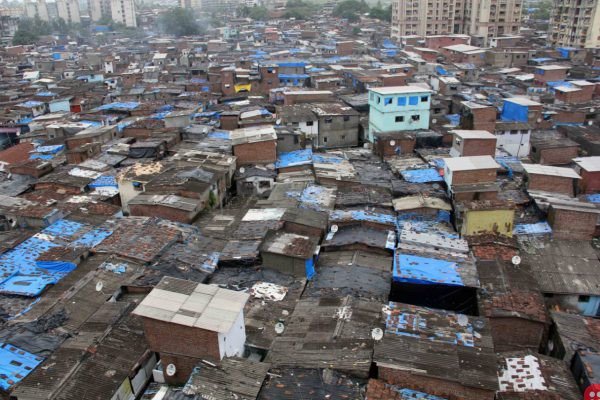While the cases of COVID-19 are rising steeply across the world, the silver lining is that there have been nations and areas in the world that have successfully suppressed the virus. And one such area is Dharavi – Asia’s largest slum located in the Indian financial capital, Mumbai, in the state of Maharashtra.
So fantastic were its efforts in stemming the spread of the virus that the World Health Organization also recently mentioned it as a model for other nations to follow.
More about Dharavi…
Dharavi is one of the most densely populated areas in the world with an estimated 8,00,000 to 10,00,000 people dwelling in an area of a mere 2.5 square kilometres. Thousands of single and multi-storey houses in dilapidated conditions are located in very narrow lanes in this area, which has a population density of about 280,000/km square. Most of the residents use community toilets and the inhabitants are typically daily-wage laborers.
The first positive case of COVID-19 was reported in Dharavi on 1st April 2020 and soon enough, it became a hotspot. By the end of April, there were close to 500 cases and the doubling rate was a mere 18 days. Things took a turn for the worse in May: Dharavi saw 56 fatalities and 1,216 new cases. However, this number drastically reduced to zero casualties in June and the doubling rate improved to 43 days in May and 78 days in June!
How did the government and health officials manage to contain the spread of the virus in an area where physical distancing is impossible?
How did Dharavi contain the virus?
The state government was extremely proactive in its approach to mitigate the spread of the virus. The government focused on three major aspects: stringent containment and surveillance strategies, comprehensive testing, and a smooth supply of food and essential commodities in the area.
The 4T approach of testing, tracing, tracking, and treating was rigorously followed.
In terms of testing, a massive door-to-door screening process was conducted by health officials. The government also set up a fever camps across the area to screen the citizens for flu-like symptoms. Thousands of residents of Dharavi were screened in this manner.
Once the results came in, all the infected patients and their contacts were duly sent to quarantine centres set up, which included sports complexes, schools, wedding halls, and nature parks. If their health deteriorated significantly, they were immediately moved to hospitals in the vicinity.
The government also set up extensive community kitchens to provide free food to those that are out of work and income, limiting their movement.
In terms of treatment, free medical aid was provided to the residents, who often lead a hand-to-mouth existence. Many celebrities, entrepreneurs, and businessmen came forward to donate ventilators, oxygen cylinders, medicines, free meals, and gloves, masks, and PPE kits for the healthcare workers.
And while the government officials admit that the war against the virus is not over, Dharavi certainly serves as a beacon of hope!
1